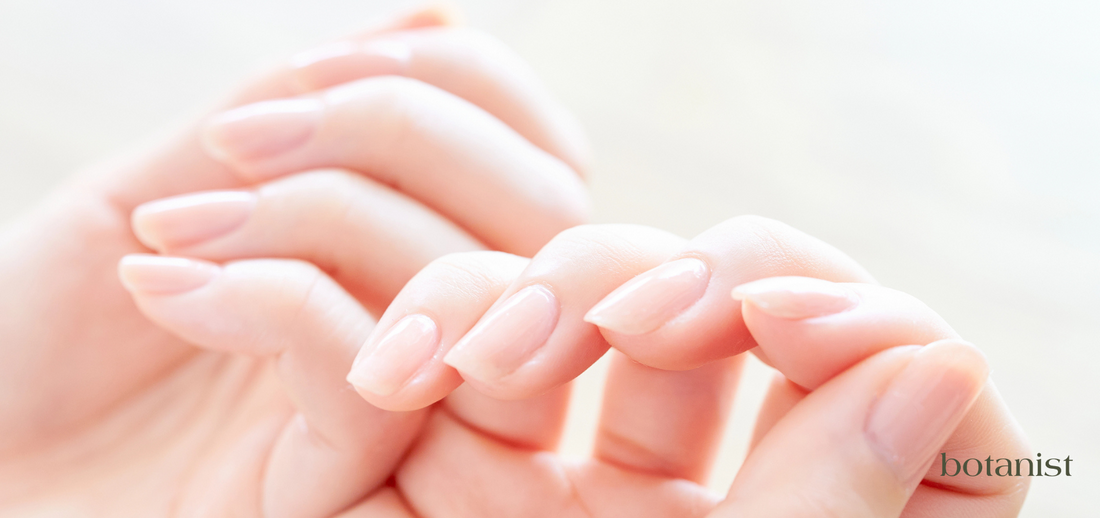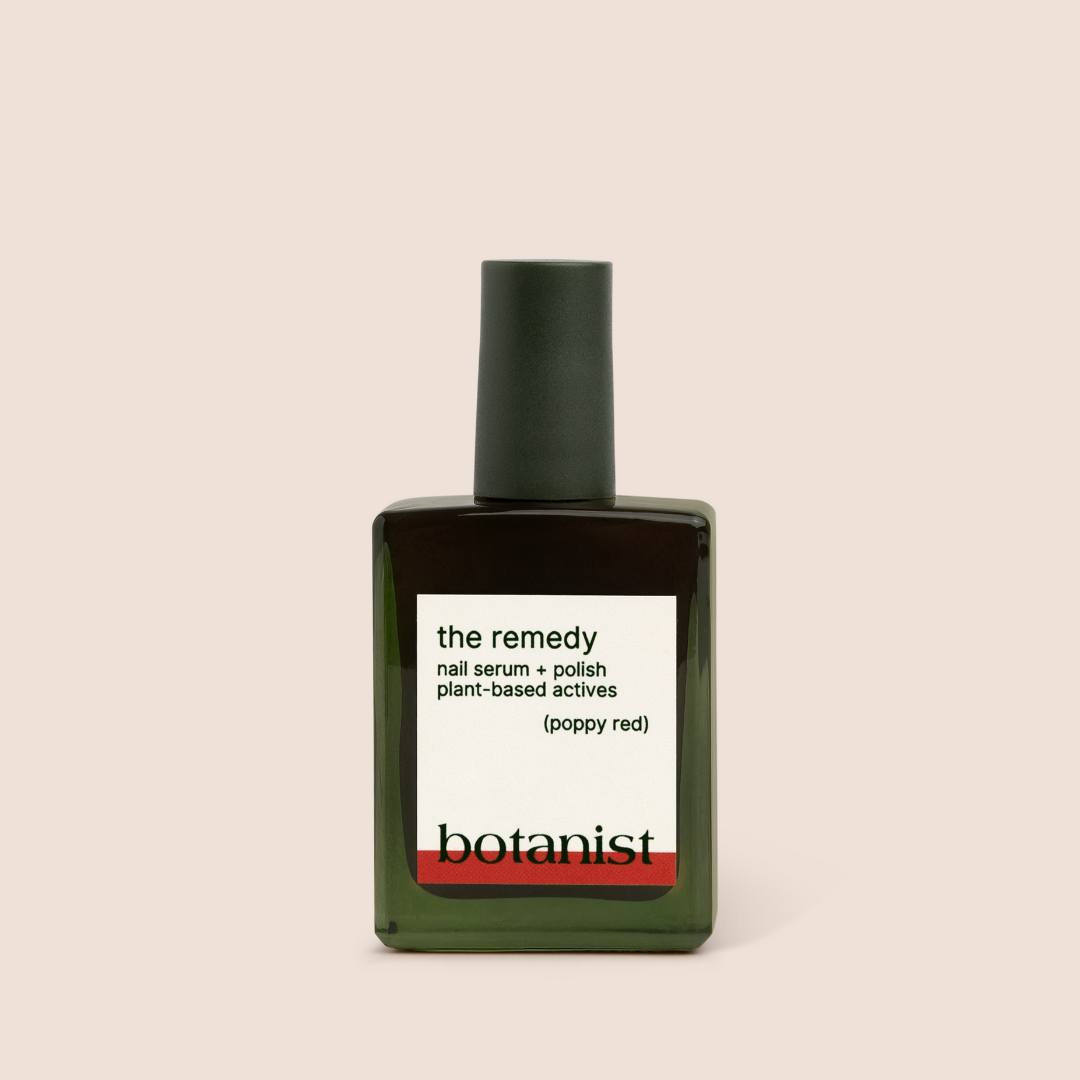Why Are My Nails Orange After Removing Nail Polish?
Tess Miller
Summary
- Discover why your nails turn orange after removing polish from pigment stains to underlying health issues
- Learn how to prevent discoloration with smart habits like using a base coat and gentle removers
- Explore natural remedies and when it’s time to consult a professional for persistent nail changes
If you’ve ever taken off your nail polish only to find orange or yellow stains on your nails, you’re not alone. While it can be surprising to see discoloration on what should be clean, bare nails, the cause is usually harmless. Most of the time, orange nails are a cosmetic issue rather than a health concern but it’s still helpful to know why it happens and how to prevent or fix it.
Let’s explore the most common reasons for orange nails after polish removal, how to avoid staining, and when you might need to consult a doctor.

Common Reasons for Orange Nails After Removing Polish
1. Pigments in Nail Polish
The most likely culprit is the dye in darker nail polish shades, especially deep reds, oranges, and burgundies. These pigments can seep into the keratin of your nails, especially if you skip a base coat. Even when the polish feels dry, the color can still penetrate over time.
These dyes chemically bond to the nail, leaving behind stubborn stains. Research from a study published on ScienceDirect shows that prolonged exposure to cosmetic dyes can alter nail color and strength.
Opting for lighter shades or a non-staining formula, like the complete manicure kit kiku nude, can help minimize staining.
2. Use of Acetone and Harsh Removers
Acetone-based removers are effective but can dry out your nails, making them more porous and prone to absorbing pigments. The more you remove and reapply polish, the more likely your nails are to stain.
Repeated acetone use weakens the nail’s natural barrier, making discoloration more noticeable. Switching to a gentler, acetone-free option like nail polish remover can help protect your nails while still removing polish effectively.
For more tips on safe polish removal, check out: How to Remove Nail Polish Without Damaging Your Nails.
3. Natural Nail Discoloration
Sometimes, orange nails aren’t caused by polish at all. Discoloration can signal a fungal infection, vitamin deficiency (like B12), or other health issues. According to this clinical study on nail discoloration, yellow-orange nails may indicate onychomycosis (a fungal infection) or other skin-related conditions.
If you suspect an underlying issue, a product like the kiku nude nail rescue kit can support nail recovery while you consult a professional.
4. External Staining Factors
Your nails can also pick up stains from everyday activities, such as:
- Smoking
- Cooking with strongly pigmented spices (like turmeric)
- Using household cleaners without gloves
- Applying self-tanner or bronzer
If you frequently handle staining substances, wearing gloves can help prevent discoloration.

How to Prevent Nail Staining
While you may not avoid staining entirely, these steps can significantly reduce the risk:
Step-by-Step Prevention Tips
- Always apply a base coat – This creates a protective layer between your nails and the polish.
- Rotate polish shades – Alternate dark colors with lighter or sheer options like the complete manicure kit sheer rose.
- Moisturize regularly – Hydrated nails are less porous and resist staining better.
- Use acetone-free remover – Opt for gentler formulas to avoid drying out your nails.
- Wear gloves – Protect your nails when cleaning or handling staining foods.
Healthy Nail Habits to Adopt
- Take occasional breaks from polish
- Keep nails trimmed and filed
- Avoid picking at chipped polish
- Eat a balanced diet rich in biotin and B vitamins
For more nail care advice, read: Nail Care 101: The Complete Guide to Strong and Healthy Nails.
Nail Growth Serum — Strengthens weak nails and supports healthy regrowth after discoloration.

How to Treat Orange Nails at Home
f your nails are already discolored, don’t worry most stains fade as your nails grow. To speed up the process, try these remedies:
Home Remedies That Can Help
- Baking soda & hydrogen peroxide paste – Mix equal parts, apply for 5–10 minutes, then rinse.
- Lemon juice soak – Soak nails for 5–10 minutes to help lighten stains.
- Gentle buffing – Lightly buff the surface to remove superficial stains (avoid overdoing it).
- Whitening toothpaste – Gently scrub nails with a soft toothbrush.
If stains persist or worsen, or if you notice other symptoms (like thickening or pain), see a doctor.
For more tips, check out: Fixing Split Nails: Easy Remedies and Everyday Prevention.
The Remedy Cherry Blossom — A restorative treatment designed to refresh and brighten stained nails naturally.
When to See a Doctor
Consult a healthcare provider if your nails show:
- Thickening or crumbling
- Pain or swelling
- Discoloration that doesn’t fade
- Changes in shape or growth
These could indicate a fungal infection or other condition requiring treatment.
For more on nail health, read: Signs of Vitamin Deficiency in Nails.
FAQ
1. Can nail polish really damage your nails permanently?
No, but improper care (like skipping base coats or using harsh removers) can weaken or stain nails temporarily.
2. How long does it take for nail stains to go away?
Cosmetic stains fade in a few weeks; fungal or health-related discoloration may take months to resolve.
3. Is it safe to bleach my nails to remove stains?
It is not recommended that it can damage nails. Stick to gentler methods like lemon juice or baking soda.
4. Are orange nails a sign of poor hygiene?
No, they’re usually caused by polish pigments or external staining.
5. Can diet affect nail discoloration?
Yes, deficiencies in B12 or iron can lead to discoloration. A balanced diet supports healthy nails.
If your nails turn orange after removing polish, don’t panic, it's usually harmless. With the right care, you can keep your nails looking their best, no matter what color you choose next!
